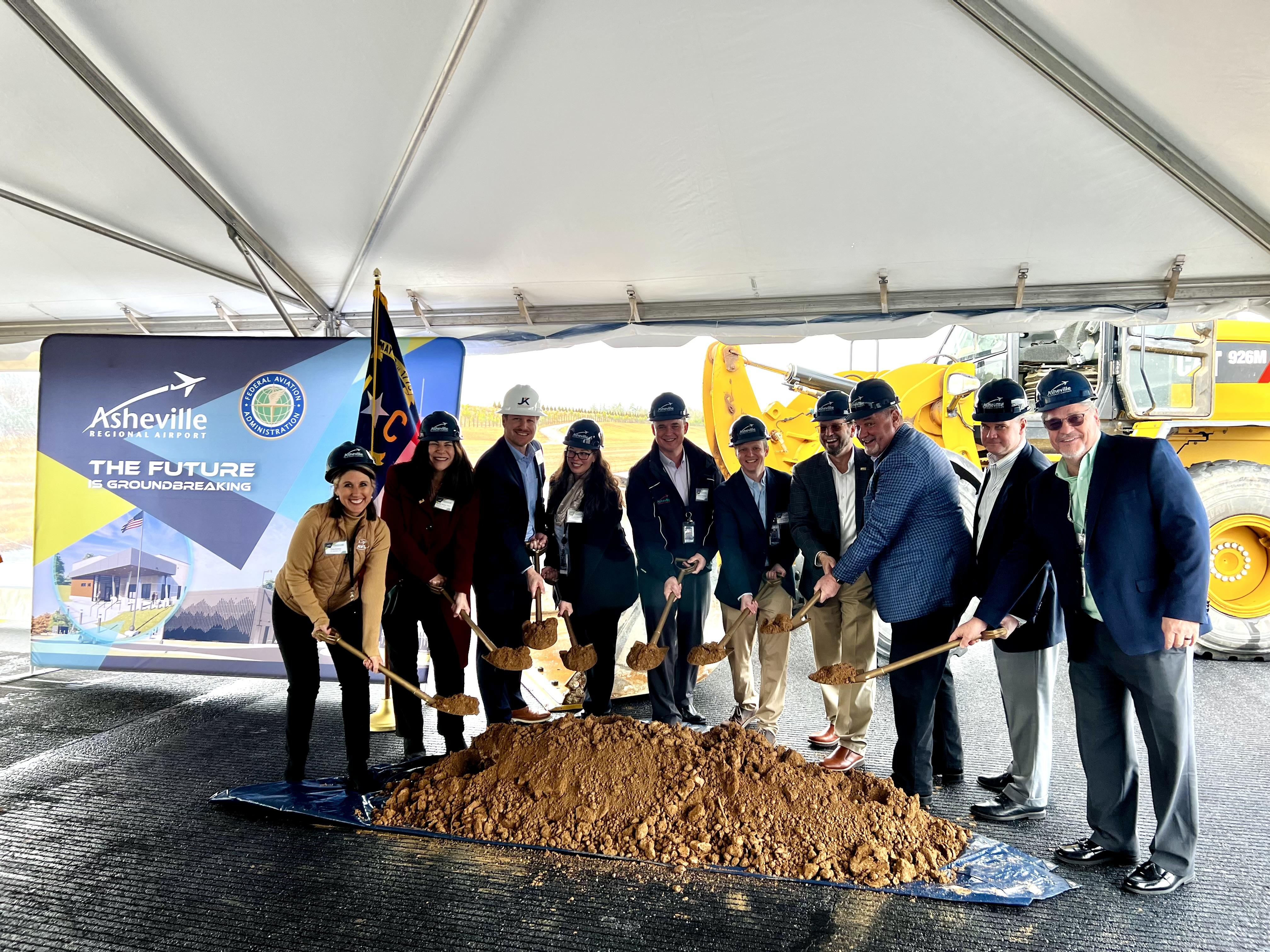North Carolina’s Asheville Airport Breaks Ground On $55 Million ATC Tower

Construction has started on a new air traffic control tower at Asheville Regional Airport (AVL) in North Carolina, paving the way for the expansion of the airport’s passenger terminal.
Six airlines serve AVL, which is North Carolina’s third largest airport after Charlotte (CLT) and Raleigh-Durham (RDU). The carriers operating to/from AVL are Allegiant Air, American Airlines, Delta Air Lines, JetBlue Airways, Sun Country Airlines and United Airlines. The airlines offer service from AVL to a combined 25 destinations.
AVL and FAA broke ground Jan. 25 on the new tower, which is expected to be completed in 2025. It will cost $55 million–$44 million for construction and $11 million for equipment and technology. Funds allocated via US infrastructure legislation passed in 2021 will pay for $15 million of the tower project’s cost.
The airport’s current 62-year-old ATC tower is located within the airport terminal, making expansion of the terminal itself difficult. Standing 127-ft. tall, the new 13,300-ft.2 tower will sit across the runway from the terminal, enabling the airport to demolish the old ATC tower and begin terminal expansion.
The tower project “is part of a years-long strategic plan involving significant infrastructure investment needed to manage the fast-paced growth occurring at AVL and in western North Carolina,” AVL said in a statement.
“Control towers are iconic and vastly important to the nation's aviation system—key infrastructure that allows aviation of all kinds to operate safely and efficiently,” AVL CEO Lew Bleiweis added. “AVL needs a new tower, [which is] one more step toward the infrastructure growth we need to meet the swiftly growing air service needs in western North Carolina.”
Speaking about the new AVL tower, US Transportation Secretary Pete Buttigieg said: “A regional economy can only grow as fast as its infrastructure can support, and this new air traffic control tower will support more business, more opportunities and the potential for continued growth in the region.”
